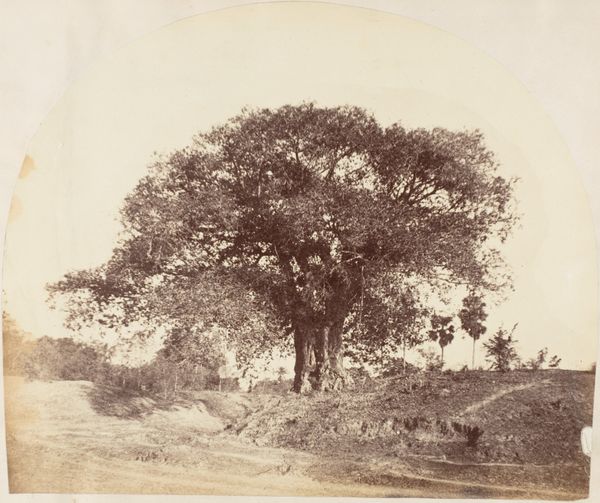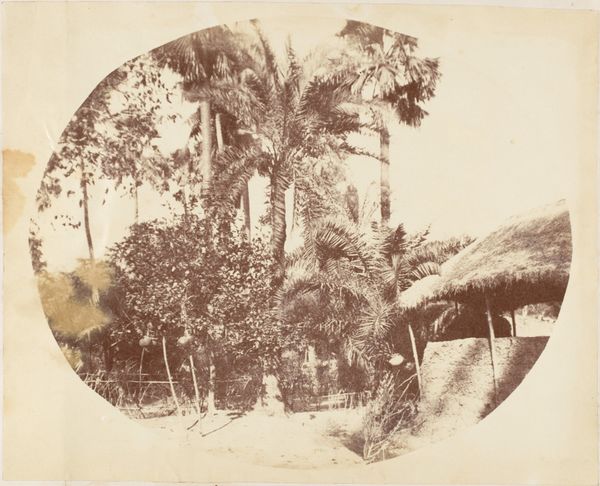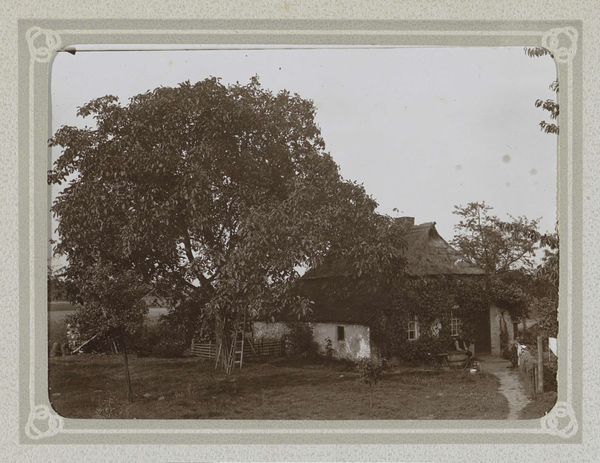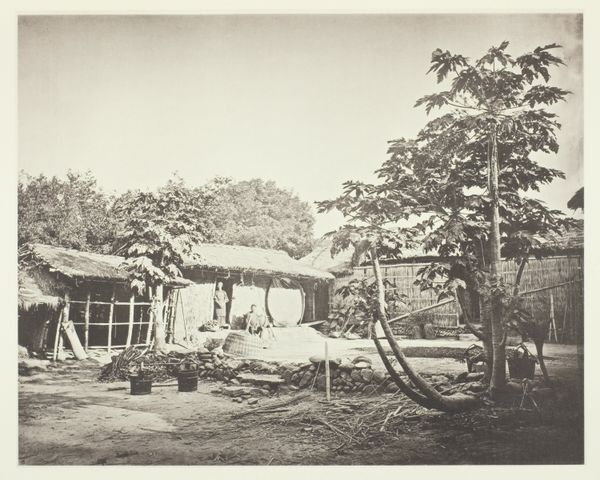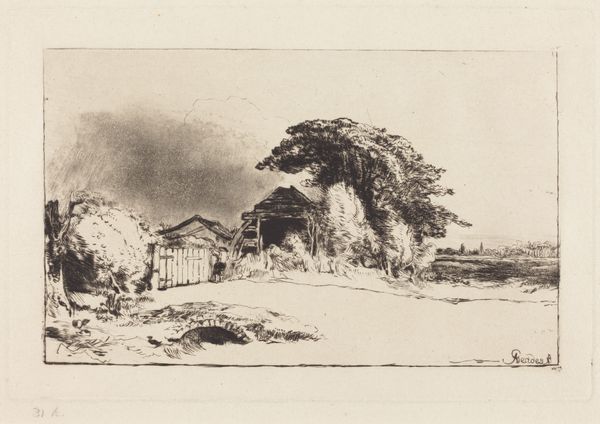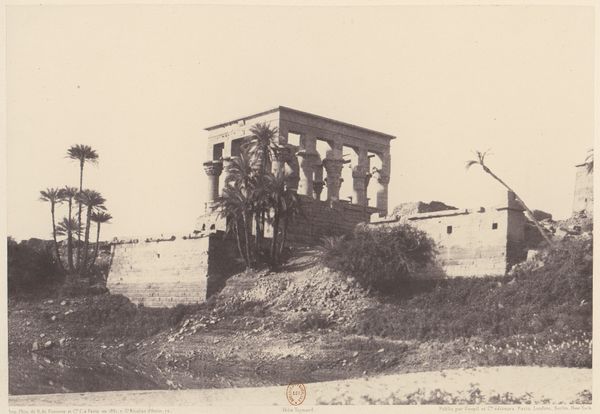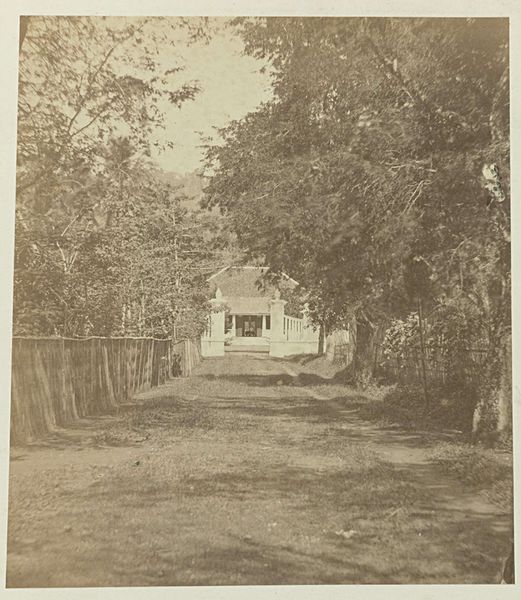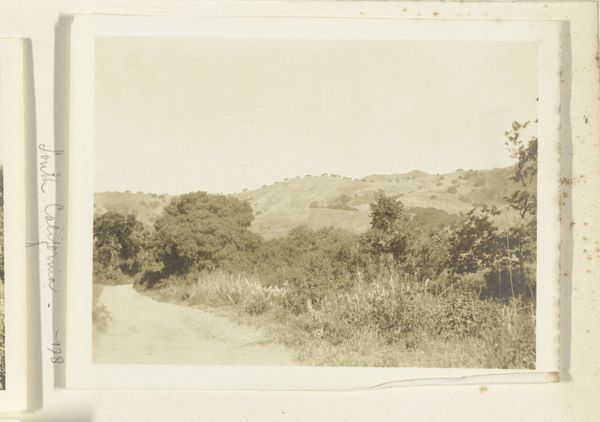
photography, architecture
#
organic shape
#
landscape
#
nature
#
photography
#
geometric
#
orientalism
#
architecture
Dimensions: Image: 26.3 x 36.4 cm (10 3/8 x 14 5/16 in.) Mount: 45 x 56.5 cm (17 11/16 x 22 1/4 in.)
Copyright: Public Domain
Editor: This photograph, "South East Angle of the Tirambur Pagoda," was taken by Linnaeus Tripe in 1858. It's really struck me, I think the contrast between the ancient walls of the pagoda and the scrubby, almost resilient nature around it is incredibly compelling. What do you see in this image? Curator: I'm immediately drawn to how Tripe captures a sense of timelessness. Notice the imposing structure, how the pagoda itself seems to embody permanence and power. But look closer – there’s life sprouting from its ramparts, those trees clinging to the stone. They become symbols of resilience, suggesting life's tenacity against the backdrop of human construction. Does the presence of foliage reveal humanity or nature's enduring dominion? Editor: That’s interesting. I hadn't considered the symbolism so much. I was mostly reacting to the way it looks. So you see those trees as representative of the relationship between humanity and nature? Curator: Precisely. The photographer chose to represent a specific time, revealing its architecture in correlation with nature, in which the photographer seems to remind the audience the importance of cultural preservation and that human construction is vulnerable to the effects of time, just like human life, yet can be beautiful when presented harmoniously. Do you observe this element? Editor: Absolutely, now that you point it out. It gives the photograph another layer. Maybe it’s about appreciating the present moment and the stories held within both natural and built environments? Curator: Exactly! This dialogue with the past and nature highlights the inherent connection and inevitable cycle of decay and rebirth inherent to cultural memory. Photography then can be both about documentation, and about using those records to explore those psychological and anthropological intersections across eras and civilizations. Editor: That’s a really powerful way to think about it. I'm definitely seeing so much more now. Thanks! Curator: Indeed, a worthwhile exploration, revisiting how images echo symbols that outlast their original moment.
Comments
No comments
Be the first to comment and join the conversation on the ultimate creative platform.
